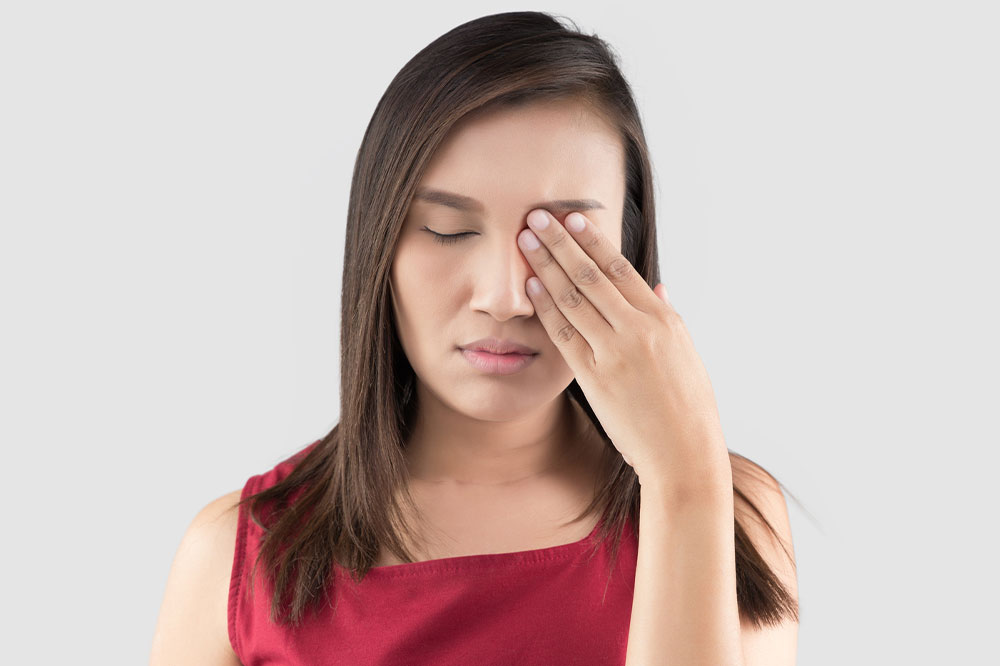
How to prevent stye – A comprehensive guide
A stye is one of the most unlikely and frustrating things that can happen to the eye. Though not particularly dangerous, they can be quite painful and usually appear at the most inappropriate times. So if you’re dealing with a stye, you’re probably wondering how to get rid of it as quickly as possible. Keep reading to get some helpful tips for managing stye and ways to speed up the healing process.
Stye
A stye is a tiny, painful lump that can form on the eyelid. Styes are caused by an infection of the oil glands in the eyelid and are relatively harmless. However, they can be very uncomfortable and sometimes even make it difficult to open their eye. If you have a stye, you may observe that your eyelid is red and swollen and that the lump is tender to the touch. You may also experience some discharge from the affected eye. If you have a stye, it’s best to consult a health specialist or optometrist for treatment.
Types of styes
Styes are a common adversity that many different things can cause. The two most common types of styes are internal hordeolum and external hordeolum. An internal hordeolum is an inner eyelid infection usually caused by bacteria entering your eye through the tear ducts or from contact with other people’s eyes. External hordeolum, on the other hand, is an infection of the upper or lower eyelid. This type of stye can be caused by various factors, including wearing contacts that don’t fit well or using cosmetics that contain oil and water, together creating a breeding ground for bacteria.
Symptoms
You probably have a stye if you go through any of the following symptoms.
- Eyelid pain – One may feel a burning sensation, itchiness, or pressure in the eyes.
- Tearing – Tears might flow easily and continuously without apparent reason or be restricted to one side of your eye.
- Eyelid swelling – Your eyelids may feel heavy and swollen, even if not red or inflamed.
- Soreness – The skin around your eyes may feel sore and tender.
- Light sensitivity – You may have trouble seeing in bright light or when you move your eyes quickly from side to side.
- A red lump on your eyelid – This is often the most noticeable symptom of eyelid styes, as it will appear as a red bump on top of your eyelid.
Treatment options
There are several medical treatments for stye. The most common treatment is antibiotics, but antibiotic-resistant strains of stye have become more common in recent years, necessitating alternative treatments.
Surgery
Another option is surgery. This involves removing the infected tissue with a scalpel or laser beam. Although this procedure may be effective in some cases, it involves certain risks, including infection and scarring.
Other remedies
Another option is conservative treatment, which includes warm compression and cleaning the eyelids with soap and water. Such treatment options usually work well in mild cases but may not be necessary if the infection does not spread beyond the affected area. Blockages in one or more oil glands near the skin’s surface on either side of each eyelid are the most common cause of styes. To unblock these glands, apply pressure using a cotton ball soaked in a lukewarm saline solution. Hold it against your eyeball for 10-15 minutes while massaging gently back and forth until the person is relieved of pain and discomfort. During instances of styes, people are advised against wearing eye makeup as it will help to reduce any potential irritation that may trigger the stye. Gently massage your eyes with warm water every few hours to facilitate healing.
If you experience severe symptoms or the stye doesn’t improve within a few days of treatment, visit a doctor immediately for treatment. However, in most instances, they can be kept at bay by maintaining proper eyelid hygiene.




